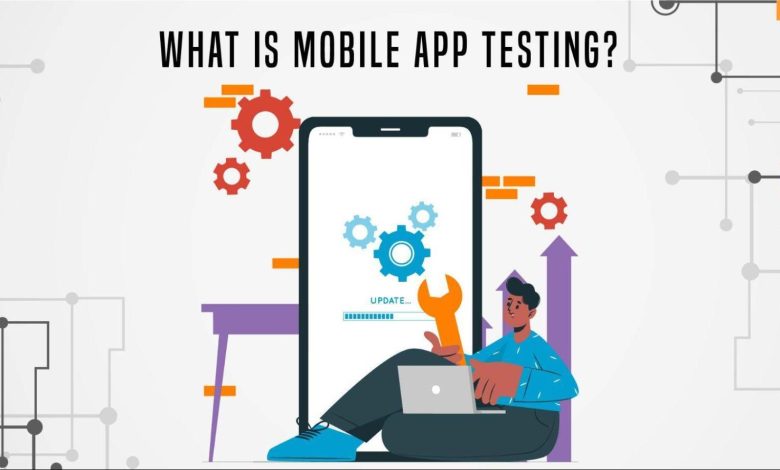Best Tools for Testing Mobile Apps Before Launch

Testing is a critical step in mobile app development. Proper testing ensures your app is stable, user-friendly, and bug-free before reaching the App Store or Google Play. There are multiple tools and strategies to test functionality, performance, and user experience.
In this article, we’ll cover the best tools for testing mobile apps, including manual, automated, and performance testing solutions.
1. Unit Testing Tools
- Purpose: Verify individual functions and components work correctly.
Tools:
- Flutter Test → Flutter apps
- XCTest (iOS) → Unit testing in Swift
- JUnit (Android) → Unit testing in Java/Kotlin
Example (Flutter):
2. UI Testing Tools
- Purpose: Test app interfaces and interactions.
Tools:
- Flutter Driver → Flutter-specific UI testing
- Appium → Cross-platform mobile UI testing
- XCUITest (iOS) → UI testing with Swift
- Espresso (Android) → Automates UI interactions
3. Automated Testing Platforms
- Purpose: Run tests automatically on multiple devices and OS versions.
Tools:
- Firebase Test Lab → Run tests on Android and iOS devices in the cloud
- Sauce Labs → Cross-platform automated testing
- BrowserStack → Cloud testing on real devices
4. Performance Testing Tools
- Purpose: Identify performance bottlenecks and optimize app speed.
Tools:
- Android Profiler → CPU, memory, network analysis
- Xcode Instruments → Monitor memory, CPU, and energy usage
- Flutter DevTools → Analyze rendering performance, memory, and CPU
5. Crash Reporting and Monitoring Tools
- Purpose: Track errors and crashes in real-time.
Tools:
- Bugsnag → Stability monitoring for mobile apps
- Sentry → Cross-platform error tracking
- Firebase Crashlytics → Monitors crashes and logs
6. Beta Testing Tools
- Purpose: Get real user feedback before official launch.
Tools:
- HockeyApp (deprecated → App Center) → Beta testing and analytics
- Firebase App Distribution → Distribute apps to testers across platforms
- TestFlight (iOS) → Apple’s beta testing platform
7. Security Testing Tools
- Purpose: Ensure app is secure from vulnerabilities.
Tools:
- QARK → Android security analysis
- MobSF → Automated static and dynamic security testing
- OWASP Mobile Security Testing Guide → Guidelines and manual testing
8. Integration Testing Tools
- Purpose: Test communication between modules and backend APIs.
Tools:
- Mockito → Mocking dependencies for testing
- Rest-Assured → Automated API testing for Android
- Postman → API testing and automation
9. Load and Stress Testing Tools
- Purpose: Test app performance under heavy load.
Tools:
- Blazemeter → Cloud-based performance testing
- Locust → Load testing with Python
- Apache JMeter → Simulate multiple users
10. Best Practices for Mobile App Testing
- Test on real devices and emulators for accuracy.
- Combine manual and automated testing.
- Test UI, performance, security, and network conditions.
- Use analytics and crash monitoring tools to catch unseen issues.
- Continuously test during development, not just before launch.
Conclusion
Testing is essential for delivering reliable, high-quality mobile apps. By leveraging tools for unit, UI, performance, and security testing, developers can ensure that apps are ready for release and meet user expectations.
A well-tested app reduces crashes, improves user satisfaction, and strengthens your brand reputation.

